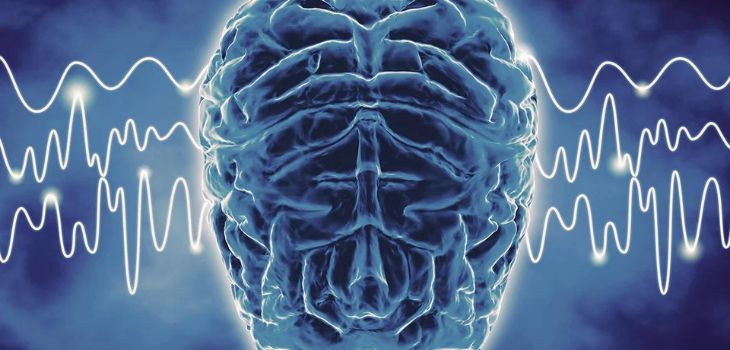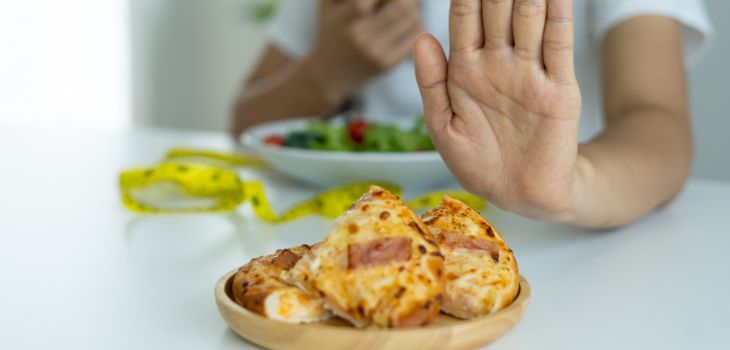by Ted Ryce
544: Rewire Your Brain for Healthier Eating: 8 Ways To Conquer Your Food Cravings Using The Power Of Neuroscience with Ted Ryce
by Ted Ryce
by Ted Ryce
544: Rewire Your Brain for Healthier Eating: 8 Ways To Conquer Your Food Cravings Using The Power Of Neuroscience with Ted Ryce
544: Rewire Your Brain for Healthier Eating: 8 Ways To Conquer Your Food Cravings Using The Power Of Neuroscience with Ted Ryce
more
by Ted Ryce
544: Rewire Your Brain for Healthier Eating: 8 Ways To Conquer Your Food Cravings Using The Power Of Neuroscience with Ted Ryce
Are you struggling to break free from the cycle of unhealthy eating? Does the thought of munching on a broccoli floret make you cringe? The truth is, your brain may be wired to crave high-calorie, less-healthy foods. But don’t despair! With time, effort, and understanding, you can retrain your brain to enjoy healthier fare. In this article, we’ll dive into the fascinating world of neuroscience to explore how our diet affects our brain’s reward system, and what we can do to break free from the grasp of high-calorie cravings.
The Dopamine Dilemma:
When we indulge in a delicious, calorie-laden meal, our brains release a surge of dopamine — a neurotransmitter that plays a crucial role in the brain’s reward system. This release of dopamine creates a pleasurable sensation, reinforcing our desire to seek out and consume high-calorie foods. On the other hand, when we eat bland, low-calorie foods like chicken and broccoli, our brains release significantly less dopamine. As a result, these healthy options may seem less appealing and even downright unenjoyable.
This dopamine-driven preference for high-calorie foods creates a vicious cycle. As our brains continue to associate pleasure with calorie-dense foods, we may find it increasingly difficult to enjoy healthier, low-calorie options. To break the cycle, we must rely on self-control and mental effort to override our cravings until they subside.

Retraining the Brain:
So, how long does it take for our brains to lose their cravings for high-calorie foods? Research suggests that the answer varies depending on factors such as individual differences and the intensity of our cravings. However, most studies point towards a period of several weeks to a few months for our brains to adapt to a healthier diet.
During this time, it’s important to remember that your brain is undergoing significant changes. As you consistently choose healthier foods, your brain will start to release more dopamine in response to these choices, gradually rewiring your reward system. This process requires patience, persistence, and most importantly, self-compassion.
Tips for Overcoming Cravings:
While rewiring your brain may seem like a daunting task, there are a few strategies that can help ease the transition to a healthier diet:
- The cold turkey approach: For some individuals, quitting high-calorie foods immediately can be an effective strategy. To succeed with this method, clear your pantry of tempting items, stock up on healthy alternatives, and mentally prepare yourself for the initial challenges.
- Start slow: Rather than going cold turkey on your favourite high-calorie foods, try gradually reducing your intake while simultaneously increasing your consumption of healthier options. This will give your brain time to adapt and minimize feelings of deprivation.
- Opt for healthier alternatives: When cravings strike, choose healthier substitutes for your favourite high-calorie foods. For example, swap potato chips for Quest protein chips. Or satisfy your sweet tooth with 0% fat Greek yoghurt, flavoured protein powder, and sweetener instead of ice cream.
- Prioritize protein and fibre: Incorporate protein and fibre-rich foods into your meals to help you feel fuller for longer. These nutrients can help curb hunger and reduce cravings by stabilizing blood sugar levels.
- Make healthy foods more appealing: Experiment with different spices, herbs, and cooking methods to make low-calorie foods more enjoyable. This can help increase dopamine release in response to healthier meals and make the transition more manageable.
- Manage stress: High-stress levels can exacerbate cravings for high-calorie foods, as our brains often turn to these options for comfort. Find healthier ways to cope with stress, such as exercise, meditation, or spending time with loved ones.
- Get adequate sleep: Lack of sleep can contribute to increased cravings and poor food choices. Aim for 7–9 hours of sleep per night to support optimal brain function and appetite regulation.
- Get support: Surround yourself with people who share your goals and can provide encouragement, accountability, and advice. Research shows that social support plays a crucial role in sustaining long-term behaviour change.
Tying it All Together:
Breaking free from the grip of high-calorie cravings isn’t easy. But it’s far from impossible. Armed with a deeper understanding of how your brain’s internal wiring influences your dietary choices and a commitment to change, it’s 100% doable. Remember that this journey is not a sprint, but a marathon. Progress will be slow at times. You’ll fall off the wagon. But if you stay the course, you’ll win.
Related Episodes:
The Science Of Food Cravings (And How To Beat Them For Once And All) Part 1
The Science Of Food Cravings (And How To Beat Them For Once And All) Part 2
Want To Lose Fat, Transform Your Body & Live Your Best Life In 2023?
I’m offering this blueprint that will lead you to a fail-proof long-lasting result with your body, with your health that will help you reach that potential that you have inside and become your own super self.
If you’re interested in working with me, schedule a Breakthrough Call and we will discuss your goals, challenges and see if we are a good fit.










